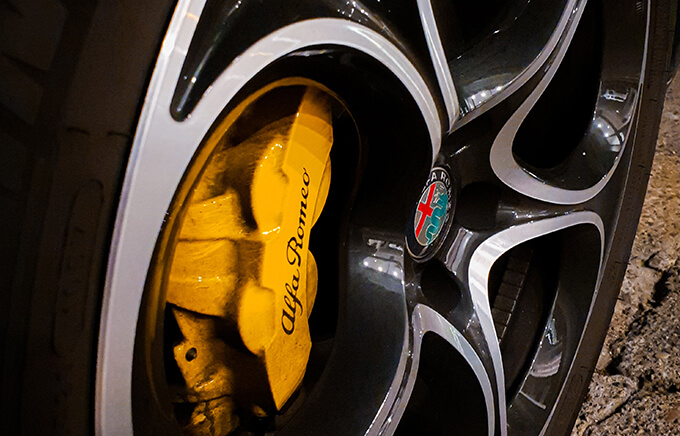Owning a classic car is more than just having a vehicle—it’s preserving a piece of history. Whether you keep it for car shows, leisurely Sunday drives, or as part of a private collection, your classic car deserves the right protection. Standard auto insurance isn’t designed to cover the unique value of vintage vehicles, which is why classic car insurance exists. If you’re wondering what makes it different, what coverage you need, and how to keep your premiums fair, this guide covers the essential facts.
Table of Contents
Understanding Classic Car Insurance Basics
Classic car insurance is a specialized type of auto coverage that protects collectible, antique, and vintage vehicles. Unlike standard car insurance—which bases payouts on actual cash value (depreciated market value)—classic car insurance takes into account the rarity, historical value, and collectible status of your vehicle.
Eligibility usually depends on:
-
Age of the car: Many insurers require vehicles to be 20–25 years old or older. Some extend coverage to modern “collector” cars like limited editions.
-
Condition: The vehicle must be well-maintained or under restoration.
-
Usage: Most policies limit annual mileage and prohibit daily commuting.
-
Storage: Insurers often require that the car be stored in a locked garage or secure facility.
This ensures the car remains preserved and at a lower risk of loss.
Coverage Options Available for Classic Cars
Classic car insurance policies offer flexible protection that reflects the true value of your vehicle. Some of the most common coverages include:
-
Agreed Value Coverage
You and the insurer agree upfront on the car’s value. If there’s a total loss, you’re paid that amount—without depreciation. -
Stated Value Coverage
You declare the vehicle’s value, but the payout may depend on current market conditions at the time of a claim. -
Standard Coverages
Liability, collision, and comprehensive coverage apply, just like regular auto insurance, but tailored to classic cars. -
Specialized Add-Ons
-
Coverage for spare parts and tools
-
Roadside assistance for collector vehicles
-
Coverage for vehicles in restoration
-
Event coverage for exhibitions or parades
-
This tailored structure ensures your investment is adequately safeguarded.
Factors That Influence Classic Car Insurance Rates
Several factors determine how much you’ll pay for classic car coverage:
-
Vehicle age, rarity, and condition – Pristine restorations and rare models command higher insured values.
-
Storage and security measures – Cars kept in locked garages with alarms or tracking systems usually qualify for lower premiums.
-
Annual mileage – The fewer miles driven, the lower the risk and the cheaper the insurance.
-
Driver profile – Insurers review your age, driving record, and years of experience. A clean record helps reduce costs.
-
Location – Urban areas with higher theft risks often lead to higher premiums compared to rural areas.
Because classic cars are usually driven less and maintained with care, premiums are often lower than regular auto insurance, despite the higher insured value.

Tips for Choosing the Right Classic Car Insurance
With multiple insurers offering specialized policies, it’s important to choose coverage that aligns with your needs. Here are some tips:
-
Compare providers – Some companies specialize only in classic cars and often provide more flexible, tailored coverage.
-
Ask about restrictions – Understand mileage caps, usage limitations, and storage requirements before signing.
-
Document your car’s value – Keep records of appraisals, restorations, and receipts to support agreed value claims.
-
Bundle policies when possible – Some insurers offer discounts if you combine classic car insurance with home or standard auto policies.
-
Review policy add-ons – If you attend car shows or store spare parts, make sure those are included in your coverage.
By comparing policies and understanding your vehicle’s unique needs, you’ll avoid being underinsured or overpaying for unnecessary extras.
Frequently Asked Questions (FAQ)
1. What qualifies a car as a “classic” for insurance purposes?
Most insurers define classic cars as vehicles 20–25 years or older, in good condition, and not used for daily driving. Some companies also cover modern collectible or limited-edition cars.
2. How much does classic car insurance cost compared to regular auto insurance?
It’s often cheaper because classic cars are driven less, but the cost depends on factors like agreed value, storage, and driving history.
3. Do I need to drive my classic car regularly to keep insurance?
No. In fact, policies typically restrict mileage. They’re meant for hobby use, weekend drives, exhibitions, or parades—not daily commuting.
4. What’s the difference between agreed value and stated value coverage?
Agreed value ensures you receive the full pre-agreed payout in case of a total loss. Stated value may result in a lower payout if the insurer believes the market value is less than the stated amount.
5. Can modifications or restorations affect my classic car insurance?
Yes. Restorations, upgrades, or modifications can increase your vehicle’s insured value. Always report them and keep documentation to ensure full coverage.
